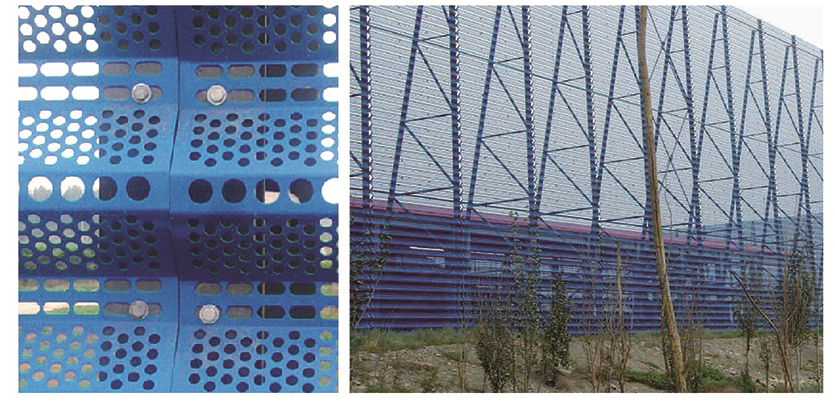Building a Chain Link Fence A Comprehensive Guide
Chain link fences are a popular choice for homeowners and property owners seeking an effective, durable, and cost-efficient solution for defining boundaries, securing yards, or enclosing commercial properties. This article will guide you through the essentials of building a chain link fence, from planning and materials selection to installation and maintenance.
Planning Your Fence
Before diving into installation, careful planning is crucial. Start by determining the purpose of the fence. Are you looking to keep pets in, keep intruders out, or define property lines? This will influence the height and materials you choose. Most chain link fences range from 3 to 12 feet in height, so clearly outlining your needs will guide your selections.
Next, measure the perimeter of the area you wish to enclose. It’s essential to check local zoning laws and regulations regarding fence construction, as there might be restrictions on height, design, or placement near property lines. Obtain necessary permits if required.
Materials Needed
A chain link fence typically requires several core materials
. These include- Chain Link Fabric The mesh itself, which is available in various gauges and heights. Thicker gauges are more durable but can be more expensive. - Posts These serve as the backbone of the fence. Terminal posts are used at corners and ends, while line posts are spaced evenly between them. Choose galvanized or vinyl-coated options for enhanced corrosion resistance. - Top Rails These provide stability and support the fence fabric. - Concrete Used to secure the posts in the ground. - Accessories Consider tension bands, tension wire, and fence ties, which help secure the fabric to the posts and maintain the fence's shape.
Installation Steps
1. Mark the Layout Use stakes and string to outline the fence perimeter. This will help visualize the layout and keep everything straight.
building a chain link fence

2. Set the Posts Dig holes for your posts, about one-third the height of the post. Set terminal posts at corners and ends, and line posts at intervals (generally 6 to 10 feet apart). Place the posts in the holes and pour concrete around them. Allow the concrete to cure according to manufacturer instructions.
3. Install the Top Rail Once the posts are secure, attach the top rails to the terminal posts using rail ends. Ensure they are level before moving on.
4. Attach the Chain Link Fabric Start at a terminal post and unroll the chain link fabric along the fence line. Use tension bands to secure the fabric to the terminal posts and keep it taut. Secure the fabric to the line posts with fence ties spaced every 12 inches.
5. Add Tension Wire (optional) If you require additional stability, particularly for taller fences, consider adding tension wire along the bottom. This helps keep the fabric tight and prevents sagging.
6. Finish Up Trim any excess fabric and ensure all components are securely fastened. Conduct a final inspection to make any necessary adjustments before enjoying your newly built fence.
Maintenance Tips
Once your chain link fence is in place, regular maintenance will enhance its longevity. Keep an eye out for rust or wear, particularly at joints or areas that come into contact with moisture. A simple wash with a hose and mild detergent can help prevent buildup, while occasional touch-ups with rust-resistant paint will maintain its aesthetic appeal.
Conclusion
Building a chain link fence offers a practical solution for many fencing needs, combining functionality with cost-efficiency. With proper planning, the right materials, and thoughtful installation, you can create a durable barrier that enhances the security and boundary of your property. Remember to consider local regulations and your specific needs throughout the process to ensure a successful project. Whether for privacy, security, or aesthetic purposes, a chain link fence can be a valuable addition to any property.
-
Comprehensive Guide to Steel Grating Price and Its Global Impact
NewsNov.24,2025
-
Understanding Heavy Duty Steel Grating Price: Global Insights & Industry Trends
NewsNov.23,2025
-
Essential Guide to Wire Mesh Grating: Uses, Benefits & Innovations
NewsNov.23,2025
-
Welded Steel Bar Grating: Durable Solutions for Industrial Walkways & Infrastructure
NewsNov.22,2025
-
Wedge Wire Drain Solutions: Durable, Efficient Water Filtration and Drainage
NewsNov.22,2025
-
Comprehensive Guide to Twisted Bar Grating – Uses, Benefits & Future Trends
NewsNov.22,2025
Subscribe now!
Stay up to date with the latest on Fry Steeland industry news.

